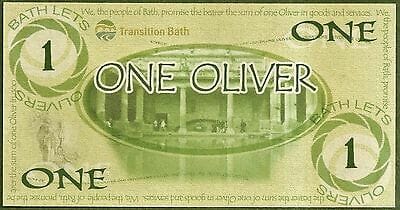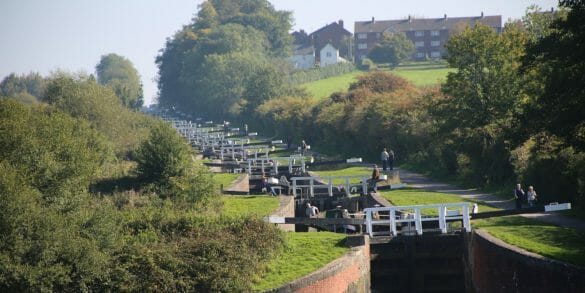Located in the County of Somerset, approx. 12 miles South East of Bristol and about 100 miles West of London. It is the largest city in the county of Somerset, with close on 90 000 residents. Bath acquired world heritage status in 1987. Now Famous for it’s ancient Roman baths, they were not always so revered. Over time the baths became run down, until they were restored during the Elizabethan era, leading to Bath becoming popular as a spa town. The town grew in popularity and size received a Royal Charter from Queen Elizabeth I in 1590, officially recognising Bath as a City. To date Bath has been a city for 429 years at the time of this post being written.
The Healing Springs
Bath as the name suggests is the location of an amazing collection of natural warm springs. When the Romans arrived in the 1st century, they harnessed the springs by building them in to a collection of Baths, which they covered with a Temple. The springs were thought to have special healing powers, which is was ultimately bought Bath its wealth and heritage. A little mentioned fact is that the springs maintain their warmth and mineral healing properties because they sit in the mouth of a long-dormant volcano. The volcano has been dormant for many years, but still heats the water of the springs to this day.
Incredible Architecture of John Wood Father & Son.
John Wood the Younger & his father John Wood the Elder were responsible for some of Bath’s most amazing Georgian Architecture. John Wood the Elder surveyed Stonehenge and the Stanton Drew stone circles in the 1740s. Between them they designed:
The “ROYAL CRESCENT AUTUMN BATH” – built between 1767 – 1774. “The Royal Crescent” is one of the city’s most amazing examples of Georgian architecture, but not the only one as there are 7 other similar structures. It consists of a row of 30 terraced houses overlooking Victoria Park, which was named after a young princess Victoria, when she was just 11 years old.
“The King’s Circus” or as it is sometimes referred to as “The Circus Bath”, is a semi circle of historic large town houses with 3 entrances, constructed between 1754 – 1768. The King’s Circus has the same diameter as Stonehenge.
Royal Crescent is believed to represents the setting sun, whilst the The Circus is believed to represent the rising sun.
Famous Authors
Jane Austen – Famous Novelist – At least two of Jane Austen’s novels Northanger Abbey and Persuasion were written in Bath in the early 19th century, The 2 novels differ in the perception of Bath owing mainly to the fact that Jane’s father died leaving the Austen family in financial difficulty. The family was forced to relocate to much more humble accommodation. This effected Jane’s standing in high society and thus had an impact on the writing of her second novel.
Mary Shelley – Wrote the book Frankenstein whilst living in a boarding house in Bath. This little known fact has not been celebrated much until recently when an official Plaque to commemorate the role Bath had to play in this much celebrated novel was unveiled.
Charles Dickens – Mr Dickens was no stranger to Bath often visiting a close friend. He was a member of the Guild of Literature and had some input in a play called “Not So Bad As We Seem” presented at the Assembly Rooms. The play was not well received by the audience, and criticised in the local press, Dickens was some what displeased and held a grudge against Bath from that moment.

Buy Your Bread with an Oliver
In True Bath Socialist Tradition, Bath has its own currency called the Bath Oliver, which is a kind of token currency for rewarding those that contribute to the greater good of the Bath community. The currency can not be exchanged for cash and can not be bought, but can be used in local businesses. Although the currency has never really taken off as a stand alone currency, it enjoys a resurgence from time to time with some having grand ideas of it replacing the pound.
Iconic Stone
Probably Bath’s most iconic tourist attraction is the Bath Stone, an entire city of Yellow Symmetrical Stone. The attractiveness of the stone comes from the ability to cut it into perfectly shaped square blocks in any direction and from it’s warm yellow colour. Bath Stone is an oolitic limestone made up of granular fragments of calcium carbonate. Unlike most other stone or slate, Bath Stone can be sawn, enabling it to be cut into large beautiful symmetrical blocks. It is referred to as “Freestone” . Interestingly when Bath Stone is mined from the ground, it is wet and has a weak almost sandy like texture, But when it has exposed to air and allow to dry, it becomes, white, hard, firm and a fine stone to build with.

Somerset Canals
Bristol and Bath are linked by the River Avon, which is broadly referred to as being part of The Kennet and Avon Canal. The canals carry on all the way to the river Thames, incorporating a total of 105 locks. This route is navigable by barge. The Canal offers activities such as boating, canoeing, fishing, walking, cycling, wildlife conservation and is now a popular heritage tourism destination.



